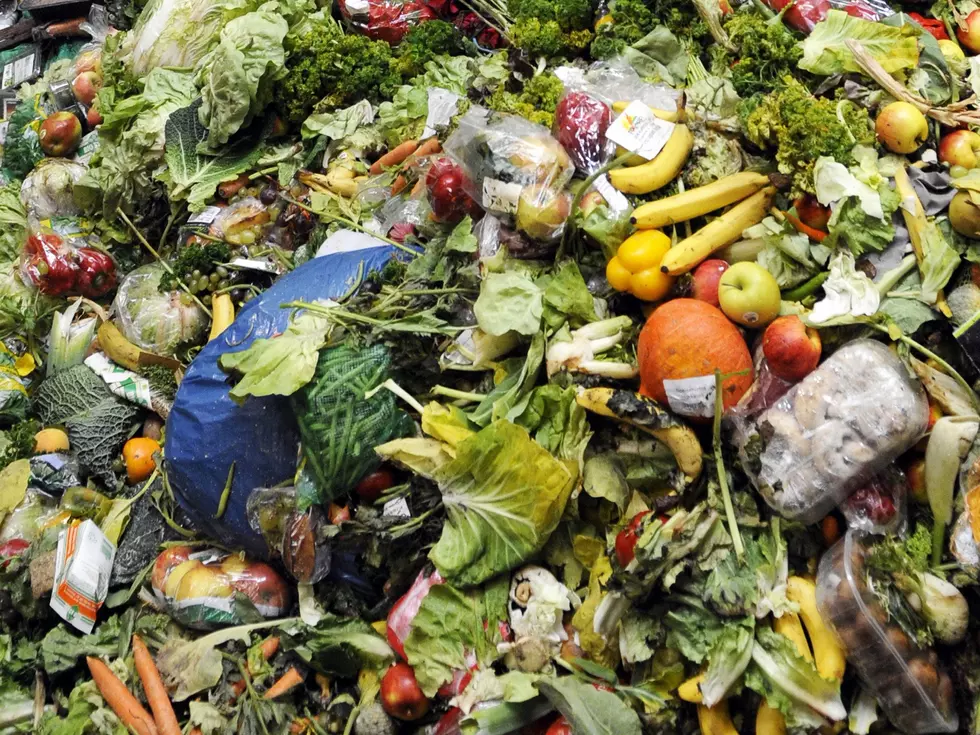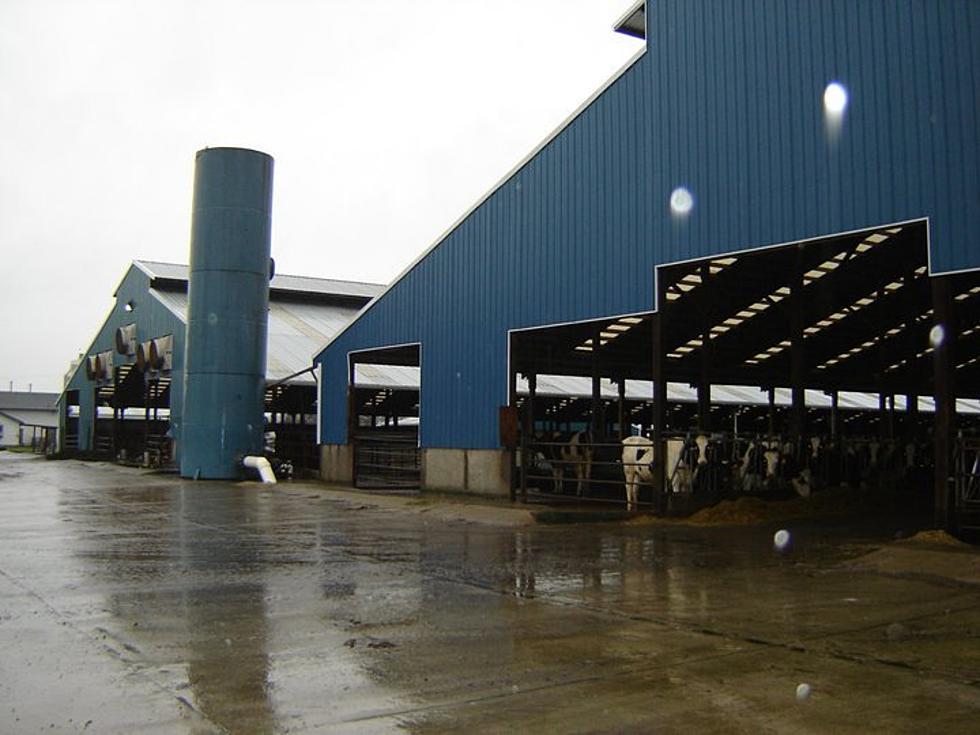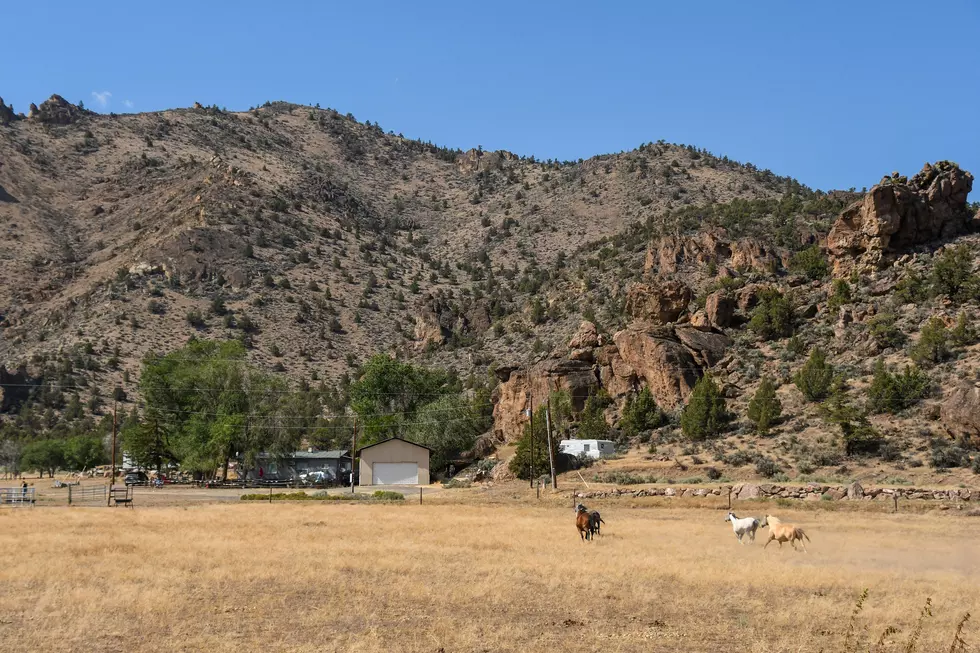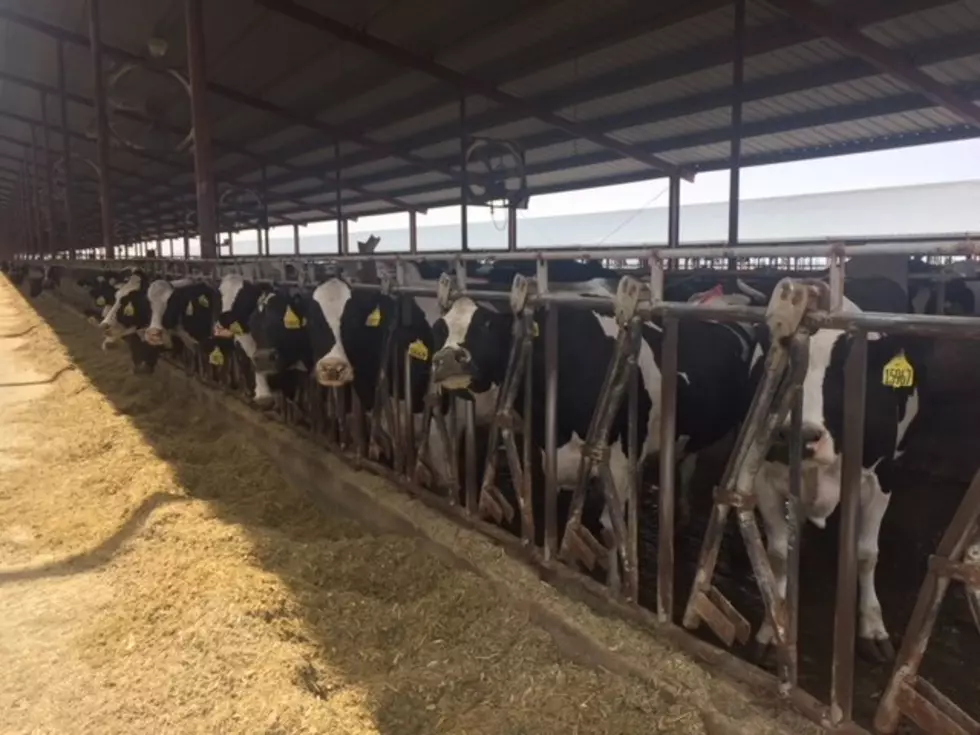
Expert Looks At The Global Impact Of Food Waste
How does food waste impact the global population?
Roger Thurow of the Hunger Solutions Institute at Auburn University said food loss in a problem that impacts everyone on the planet and the problem is only getting worse.
“It is one of the great outrages in our world today that as much as one-third of all food is either lost at the farm, trade, or processing stages, or wasted, thrown away at the retail or consumer end. There was a dismal symmetry at work here, very dismal, troubling, tragic, that one-third number is about the same, be it in lower-income countries where about one-third of food crops never even make it out of the fields or off the farm and onto plates because of inadequate storage facilities, poor transport, a lack of markets, or in the higher-income countries, that one-third also applies.”
Thurow said the world’s higher-income countries waste a lot of food, whether that’s the United States or Europe, where food is thrown away because consumers are too full, or they leave it in the back of their fridge and forget about it. And it’s not just impacting consumers.
“The consequences on our environment: using soils, nutrients, and water, for instance, to grow food that is never eaten; the greenhouse gases released by discarded spoiled food; the consequences on the availability of food and on food prices are enormous, and they are some of the reasons why hunger and malnutrition continue to abide, to persist, to increase in our world today in 2022,” Thurow noted.
If you have a story idea for the PNW Ag Network, call (509) 547-1618, or e-mail gvaagen@cherrycreekmedia.com
More From PNW Ag Network









